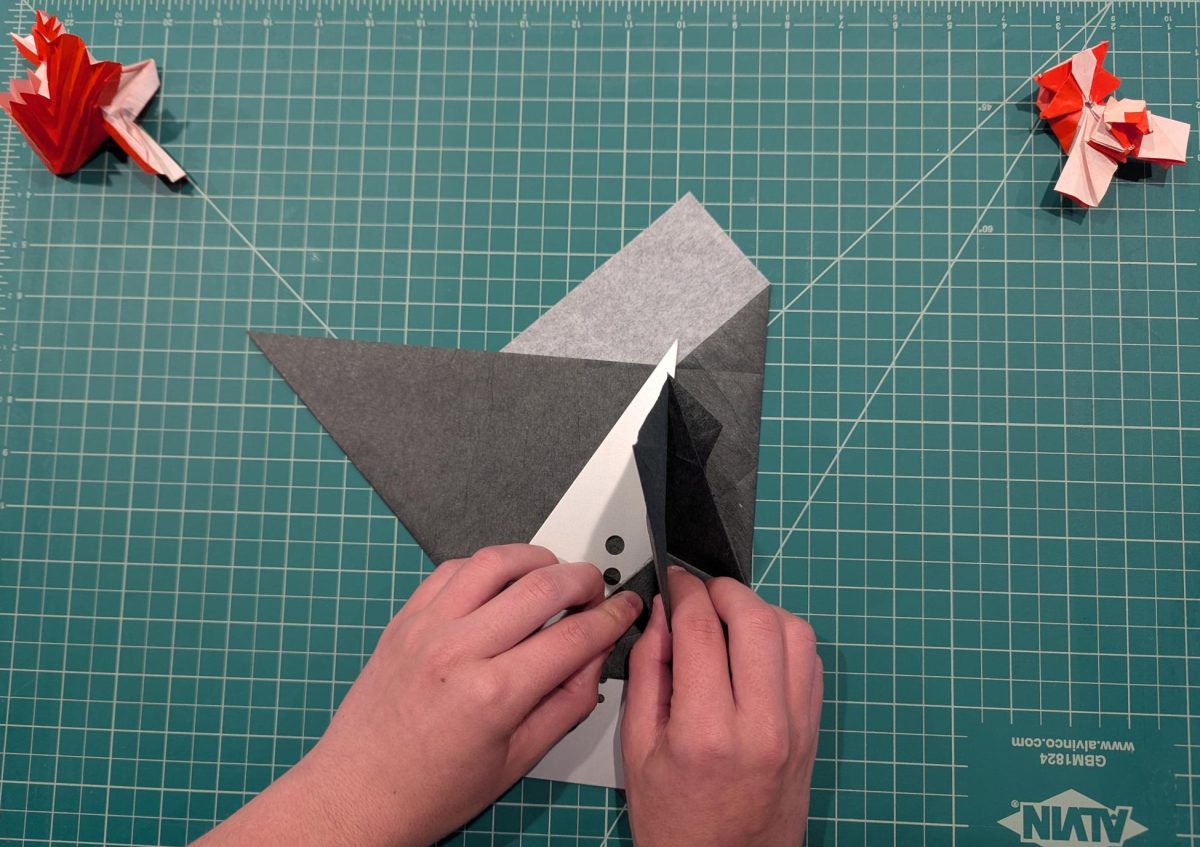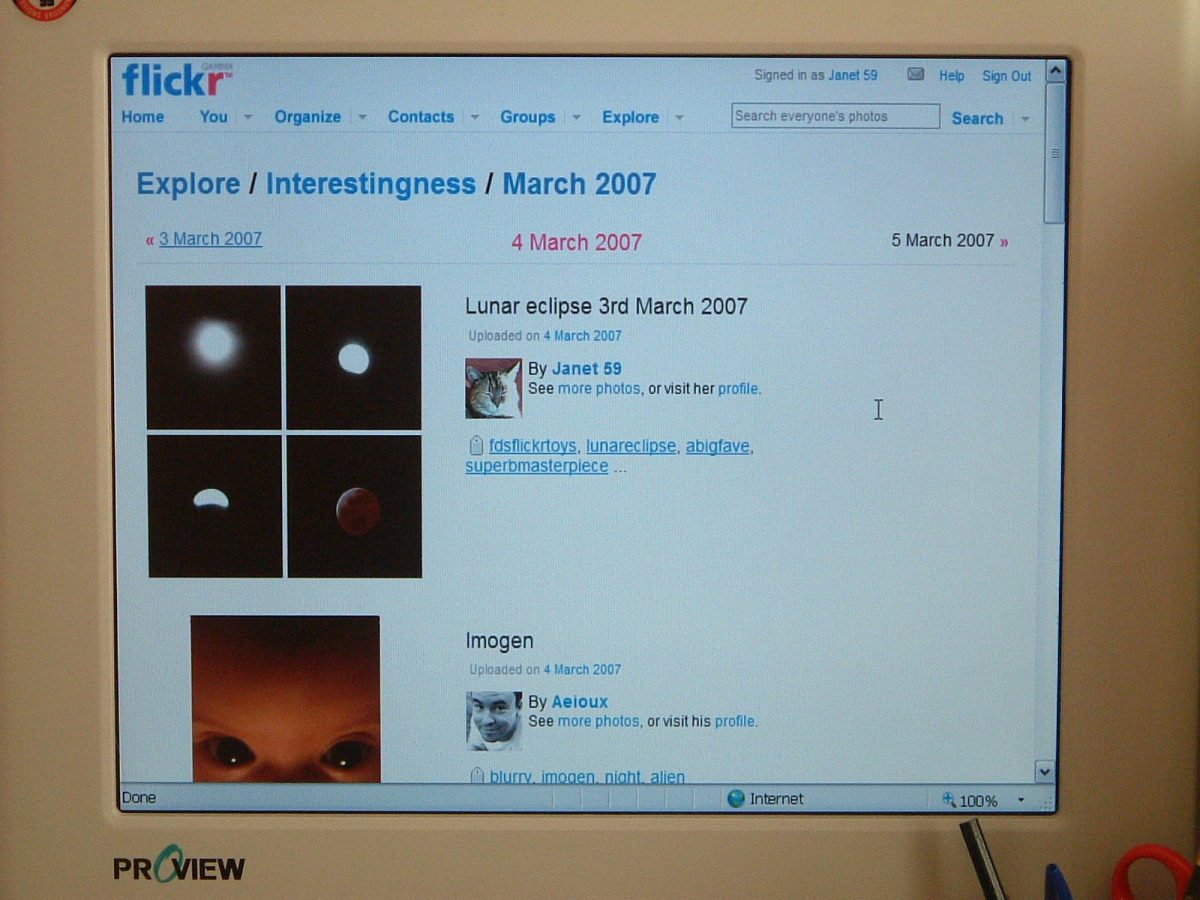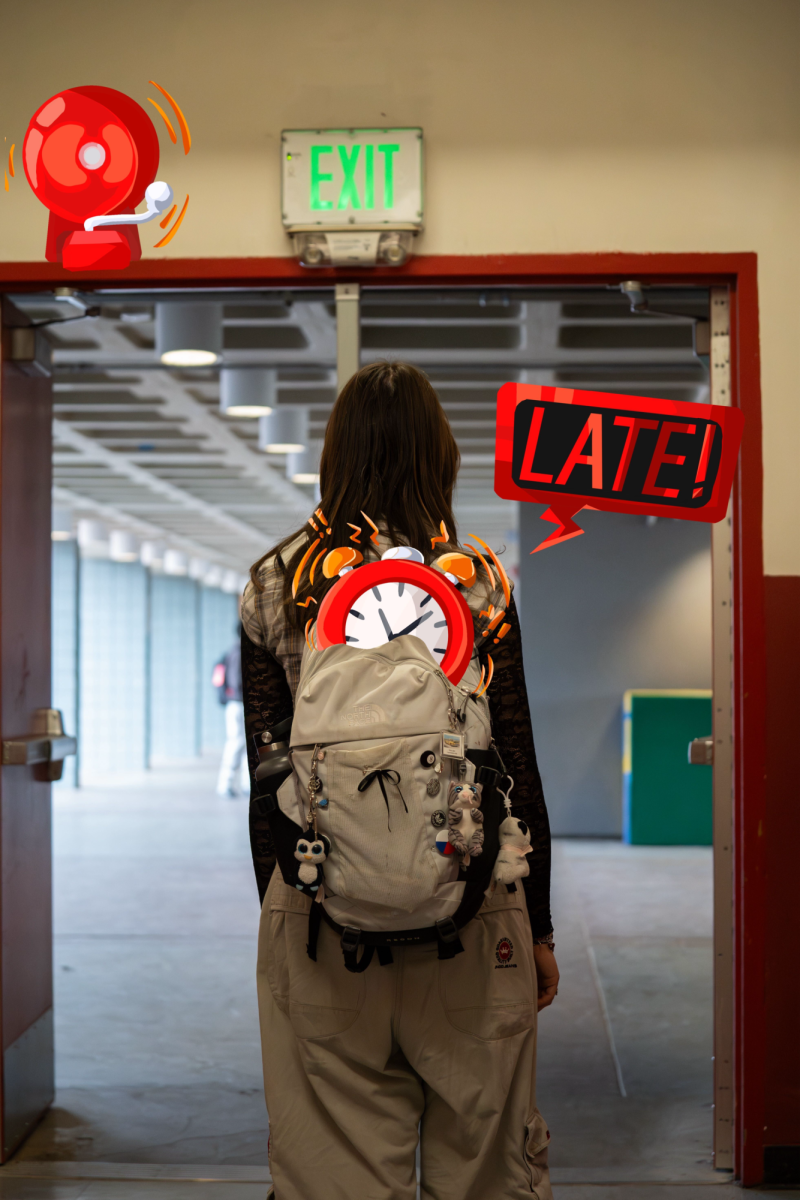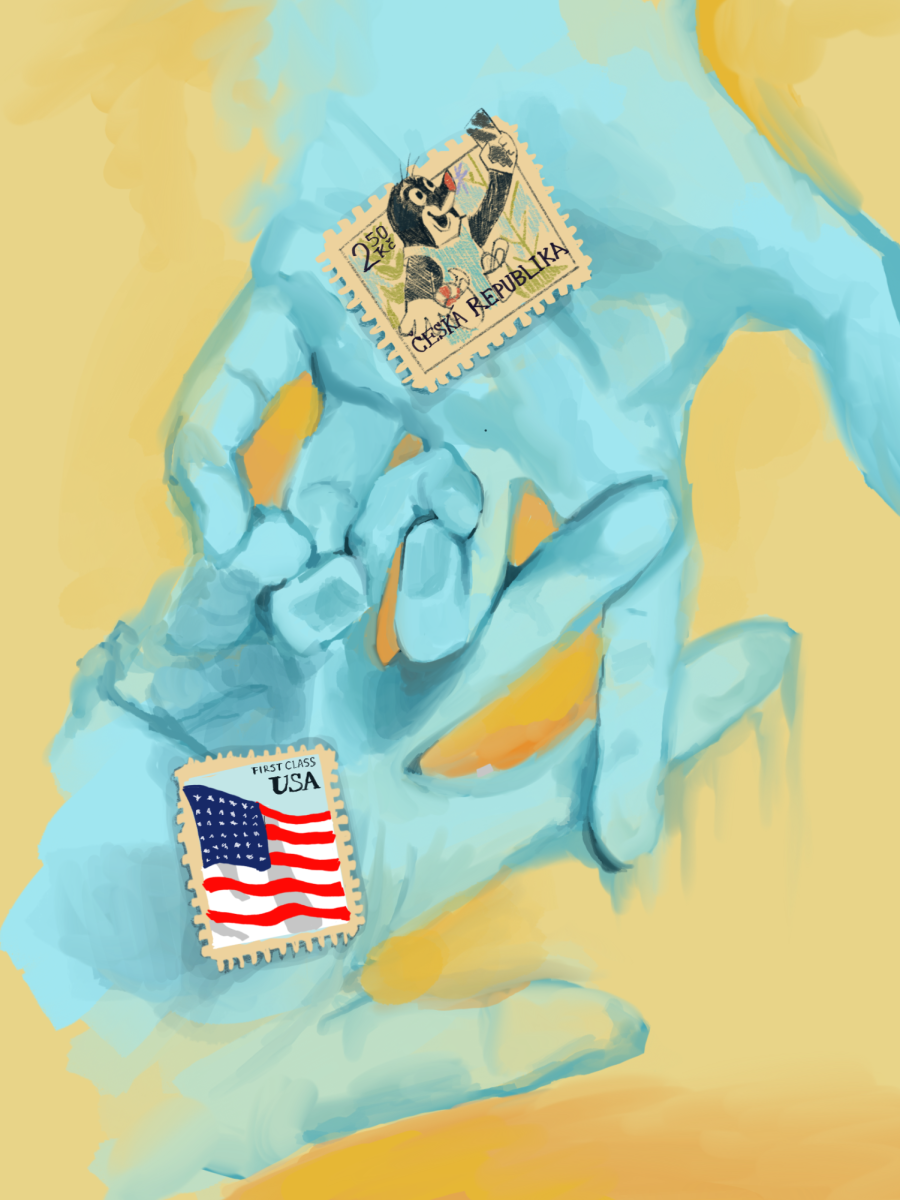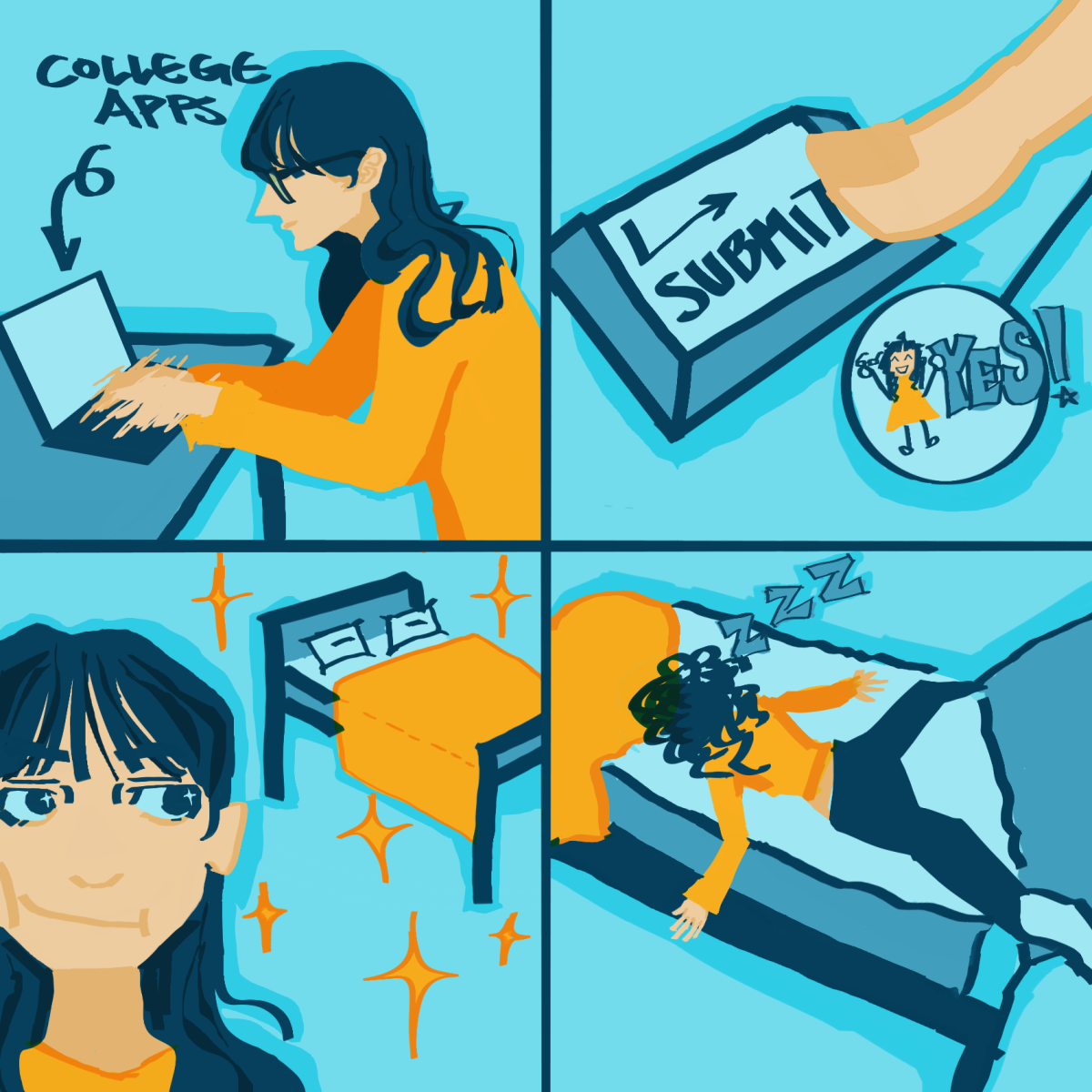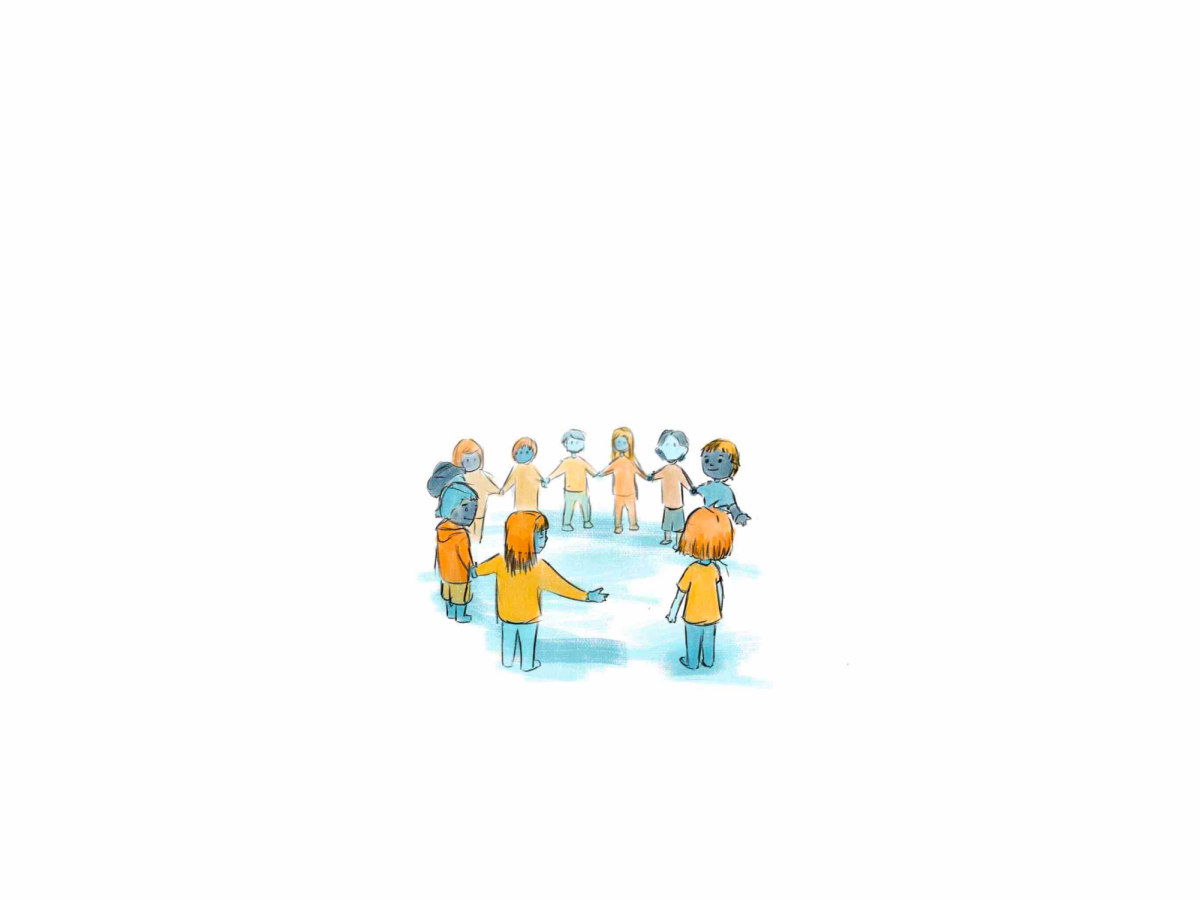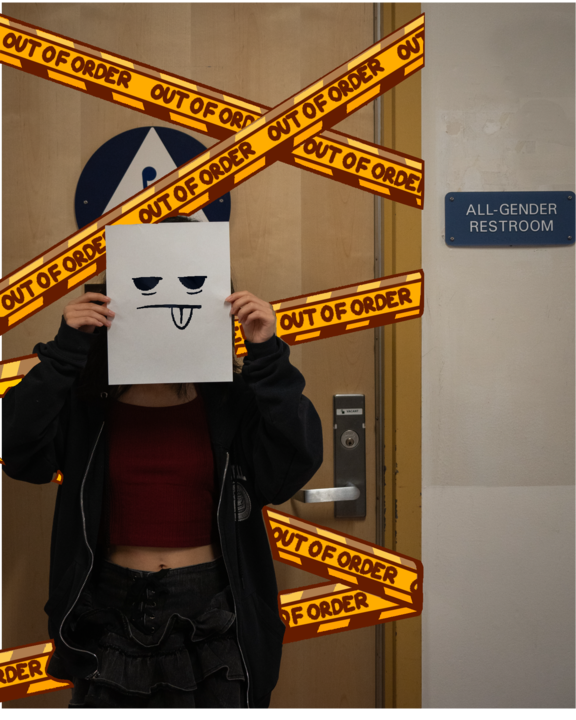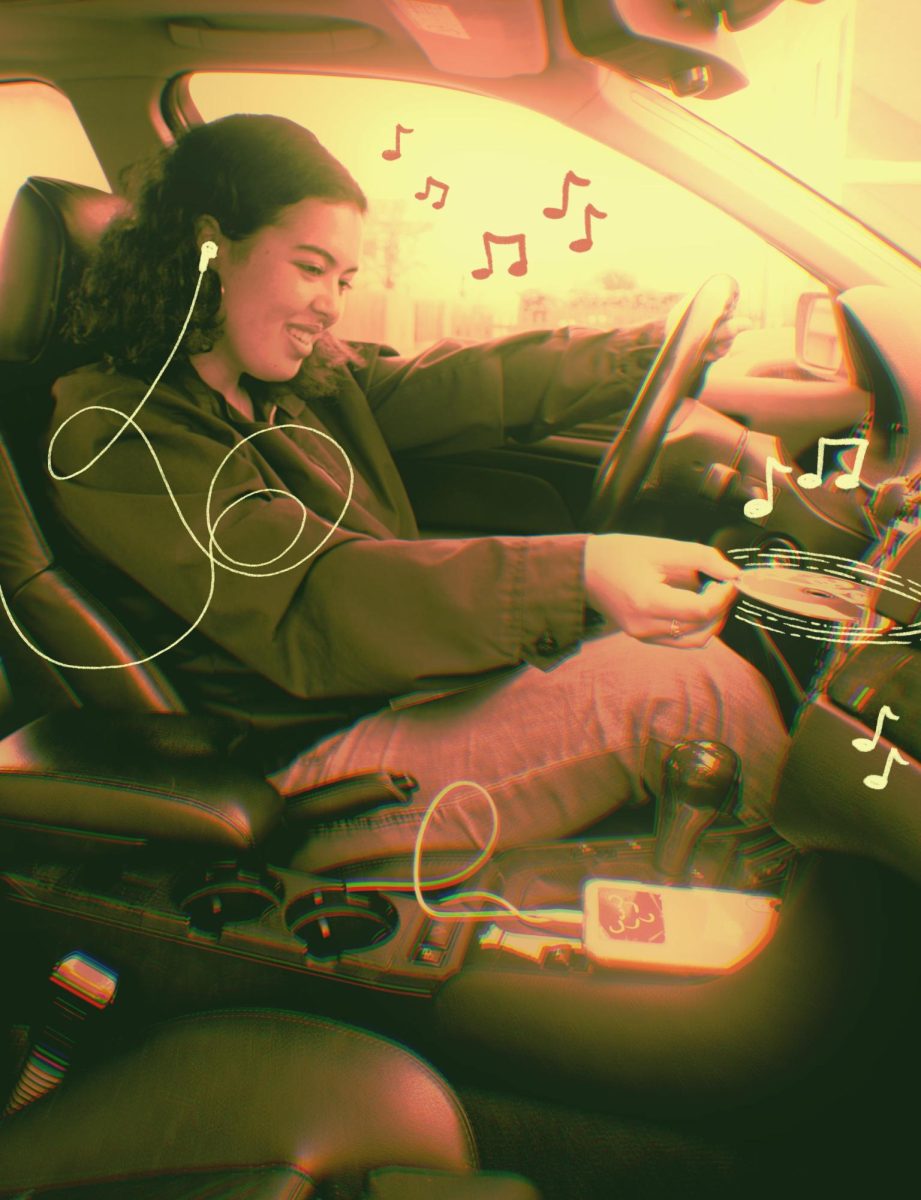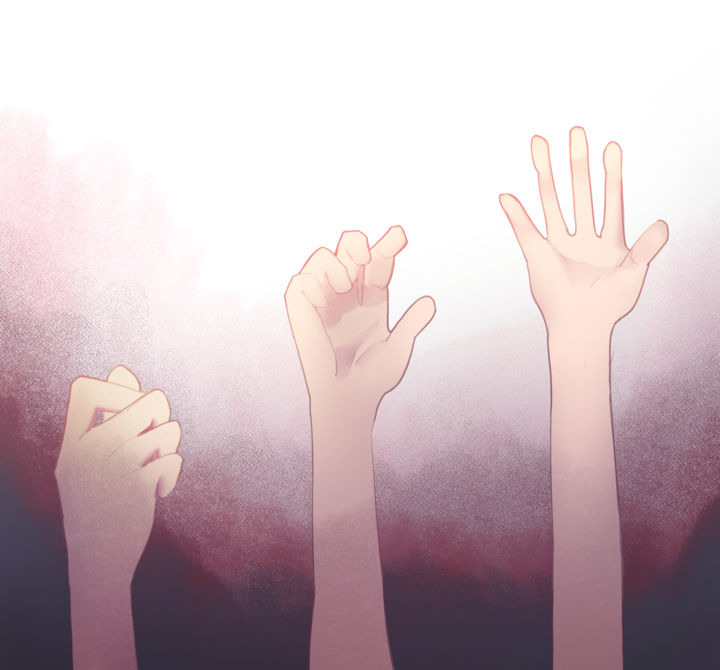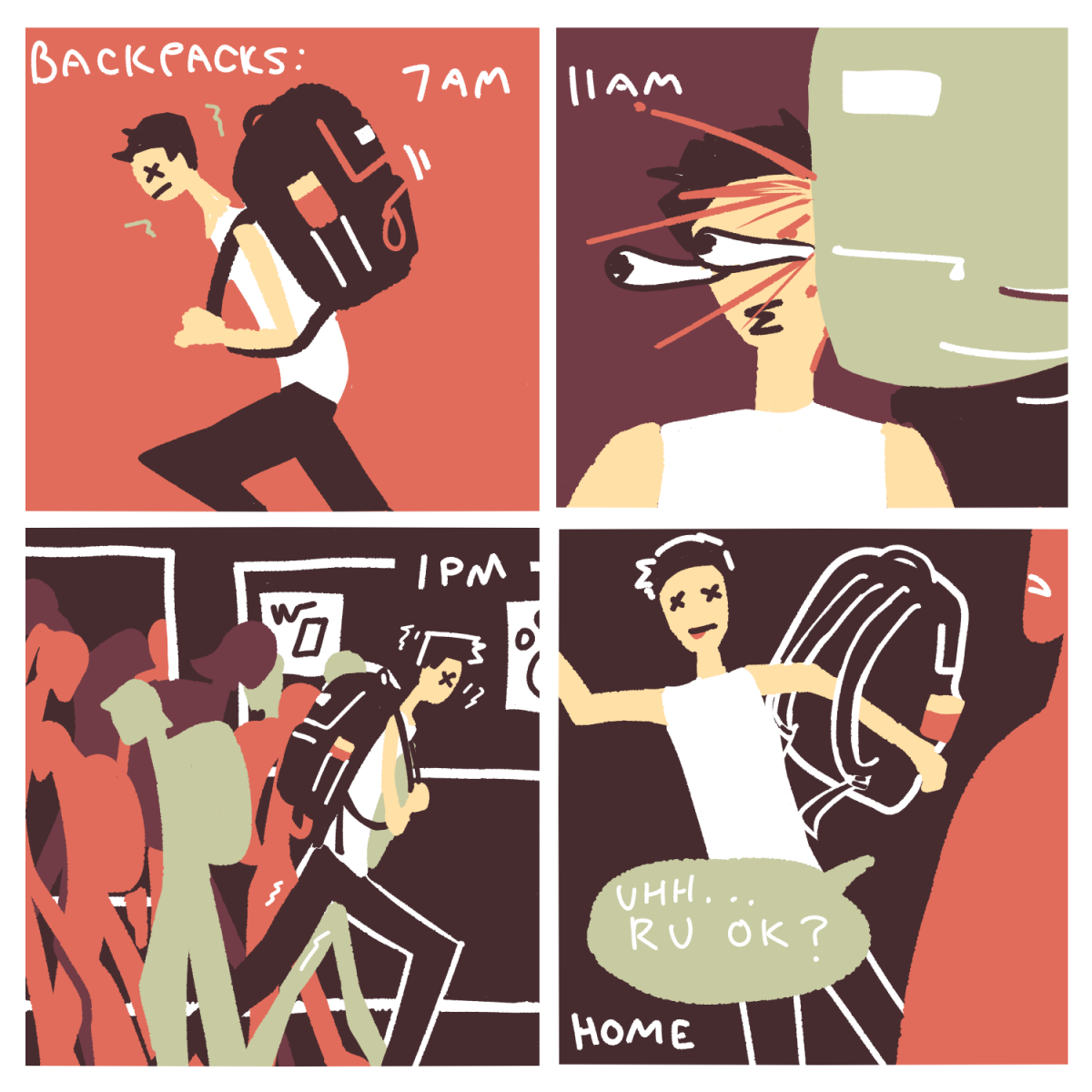After a long night of folds and creases, I put the final touches on my origami African elephant, my largest and most ambitious model yet. It took many hours to finish and required all my concentration, and I couldn’t believe I was finally done. The once flat, lifeless square of paper was now transformed into a majestic elephant, complete with intricate eyes, ears, and trunk. As proud as I was of my work, I hesitated to share it. What if someone noticed a flaw that I did not? After hours of adjusting the lighting and taking photos from every possible angle, I decided to share my favorite image with an online origami community that I’d recently been exploring. When I woke up the next morning, I was greeted by compliments and thoughtful feedback, which encouraged me to dive headfirst into the group.
Soon, the hobby that I’d casually taken up as a way to relax became a full-blown passion, driven by a generous community that has helped me improve both as an origamist and as an individual. I’ve not only been able to master advanced techniques, but I’ve also learned to receive feedback constructively, gain motivation from others, and better connect with people offline.

It can be challenging to learn advanced origami techniques, but the help and support that I receive from my online origami community allows me to advance my skills and challenge myself. Every day, the group is full of posts that explain new concepts or interesting techniques that I did not know before. By actively participating in the group, I am able to expand my knowledge and find new ideas. Often, I will take this new info and try to apply it the same day to help solidify it in my memory. Each post is just one step in the long journey of becoming a master origamist.
By accepting constructive criticism, my origami learning has been significantly accelerated. Within the group, there is an entire section dedicated to giving and receiving constructive criticism. When I first joined the community, I did not listen to this feedback because it seemed harsh and typically involved redoing something I had just spent a long time on. But one day, I decided to apply the advice, and realized that in the end, my work looked better than before. I’ve learned that criticism is not necessarily an attack on myself and my work, but can actually be a useful tool for growth. Now, before sharing an origami model with my friends and family, I will take a photo of it and share it with the community to get critiques and improve the end result. Receiving this feedback gives me new motivation to fold origami and improve. Sometimes I am not motivated to continue to fold something, but because I have a community, I am able to write a quick post about an issue and be motivated by others.
Even though my main origami community is online, by experiencing in-person gatherings of fellow origami folders, I am able to gain a uniquely immersive perspective into origami that an online experience cannot provide. Instead of a few snapshots of the origami-making process, I can witness the entire process, from preparing the paper, to folding and designing the origami — something that is lost online. All around the world and throughout the year, origamists gather at conventions, joining together in one spot to share their work. At these conventions, you can see new models, take classes, and get inspiration. Last year, I went to Origami Palooza in Japantown, and it was amazing. I saw people fold in real time, admired models in person, and best of all, met many fellow folders from my community and made unique connections.
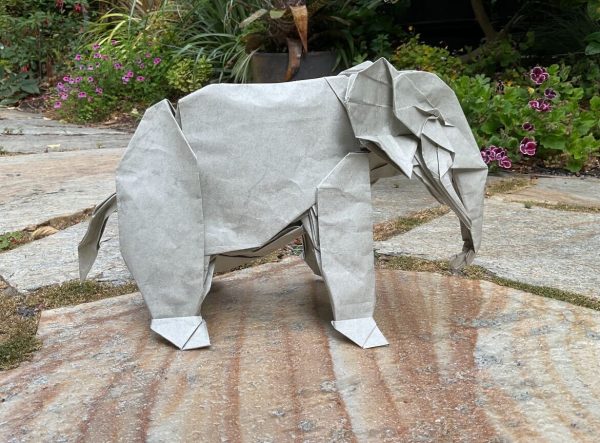
Recently, I stumbled upon a post about a complex model, the Grim Reaper by Miyamoto Chuya. Intrigued by how it looked, I decided to give it a try. I carefully prepared my paper, but only made it halfway through the folds before I was stumped. I tried the same step repeatedly, and after hours of folding and unfolding with nothing aligning properly, I became frustrated. Feeling unable to continue, I decided to share the difficult step with the group to see if they could figure it out. Within a few hours after posting it, I received detailed instructions that broke down the step into simple folds, and encouragement from others who had already made the model. With this new motivation and guidance, I was able to return to the step and complete it easily.
My online origami group has taught me lessons that I apply in my daily life. When handling a tricky problem, I now break it down into smaller steps, like simplifying a complex origami model into individual folds. When working on a group project, I now focus on encouraging others, just as my origami community has encouraged me to fold models that I thought were too hard. When a teacher adds comments to my work, I’m now excited to read them and use the feedback to improve. I’m grateful for the wisdom of my origami community, and with its help, I’m excited to keep growing as an origami folder and as a person.


